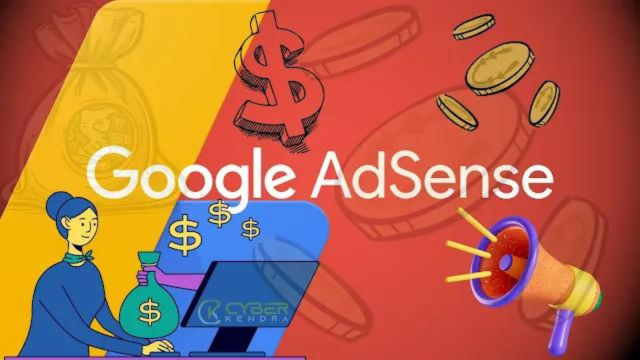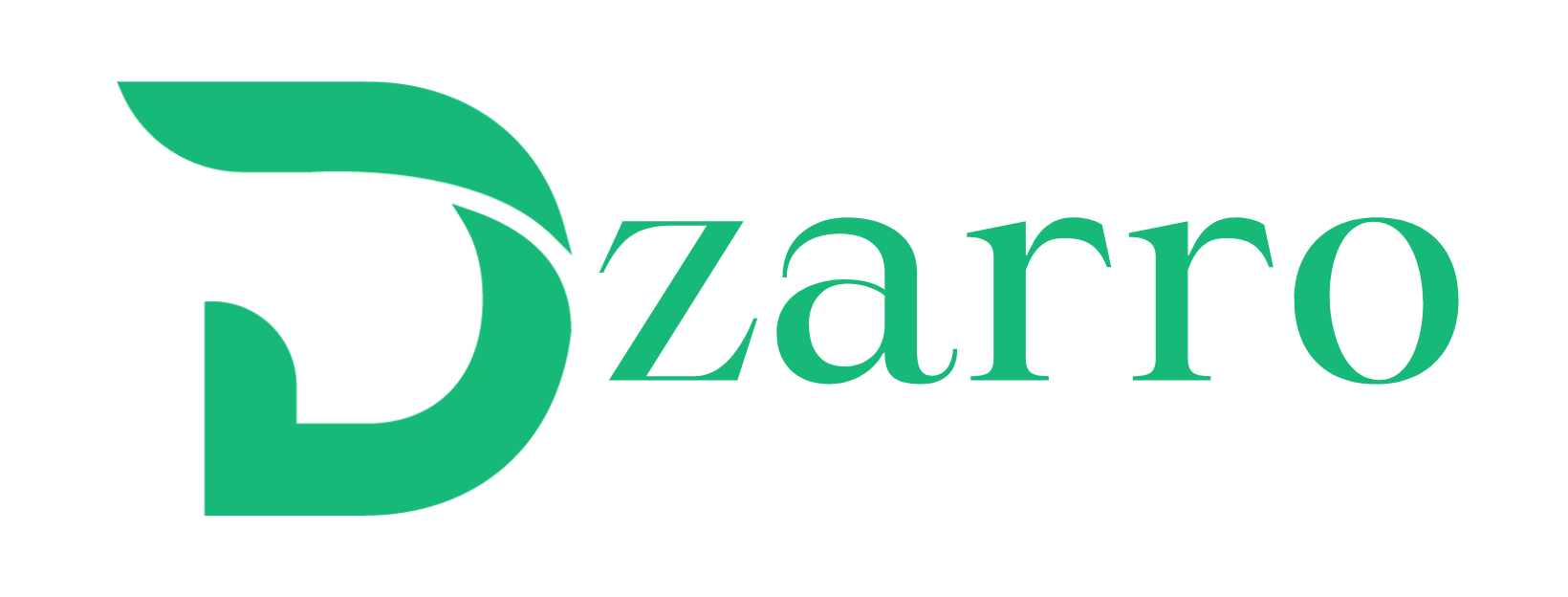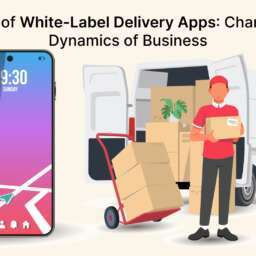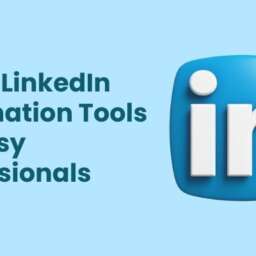AdSense is updating its revenue share-structure and moving to per-impression payments for publishers.

Two decades ago, Google AdSense was created with the goal of assisting publishers of all scales in earning revenue from their websites. Our user-friendly ad network simplified the realm of digital advertising by facilitating the connection between publishers and advertisers worldwide, enabling them to sell their advertising space. Presently, we distribute billions of dollars each year to our ad network’s publishing partners. This empowers content creators to focus more on their core strengths, which is crafting exceptional content.
As the advertising industry has progressed, so too have the monetization options available to publishers. Nowadays, website owners employ a combination of direct sales, ad networks, and sell-side platforms to market their ad space, often utilizing multiple technologies simultaneously.
Hence, we’re introducing two modifications: revising AdSense’s revenue-sharing model and transitioning to a payment model based on impressions. These adjustments will offer publishers a consistent means of comparing the diverse fees associated with the technologies they utilize for monetization. Additionally, they will enhance transparency in the media-buying process.
Our testing indicates that these updates are unlikely to affect publishers’ earnings.
Updating the AdSense revenue share structure
AdSense has maintained transparency regarding its service fee, which aligns with industry standards. When content creators opt for AdSense to monetize their content, they retain 68% of the generated revenue.
Previously, AdSense processed fees in a single transaction. Now, they have divided the revenue sharing into distinct rates for the buy-side and sell-side. For displaying ads with AdSense for content, publishers will receive 80% of the revenue after the advertiser platform, be it Google’s buy-side or third-party platforms, deducts its fee.
For instance, if Google Ads buys display ads on AdSense, Google Ads will typically retain around 15% of the advertiser’s spending. There may be variations because Google Ads charges based on user actions like clicks or conversions, rather than a fixed per-impression fee. In the end, publishers will continue to receive approximately 68% of the revenue.
When advertisers utilize a third-party platform to purchase display ads on AdSense, publishers will keep 80% of the revenue after the third-party platform subtracts its fee. It’s important to note that Google has no control over, nor insight into, the fees these third-party platforms charge advertisers or their fee calculation methods.

Moving to per-impression payments for publishers
In addition to revising our revenue-sharing structure, AdSense is set to shift from primarily compensating publishers based on clicks to align with the industry standard of paying per ad impression. This modification aims to create a consistent payment method for publishers across Google’s offerings and third-party platforms, facilitating comparisons with other tech providers they utilize.
It’s essential to emphasize that this adjustment won’t impact the type or quantity of ads that publishers can display on their websites. Publishers within our ad network must adhere to our AdSense policies and the Better Ads Standards, which prohibit practices such as pop-ups or intrusive ads that dominate the screen.
We anticipate these changes to be implemented early next year, and they won’t require any action on the part of publishers.
Advertising technology plays a crucial role in supporting the diverse and creative content we all enjoy online. That’s why we have dedicated years to enhancing AdSense, making it easier for publishers of all sizes to generate revenue and expand. As the internet continues to evolve, our commitment remains firm in contributing to the open web and maintaining access to content, which is sustained by advertising, all while simplifying and offering transparency throughout the process.













